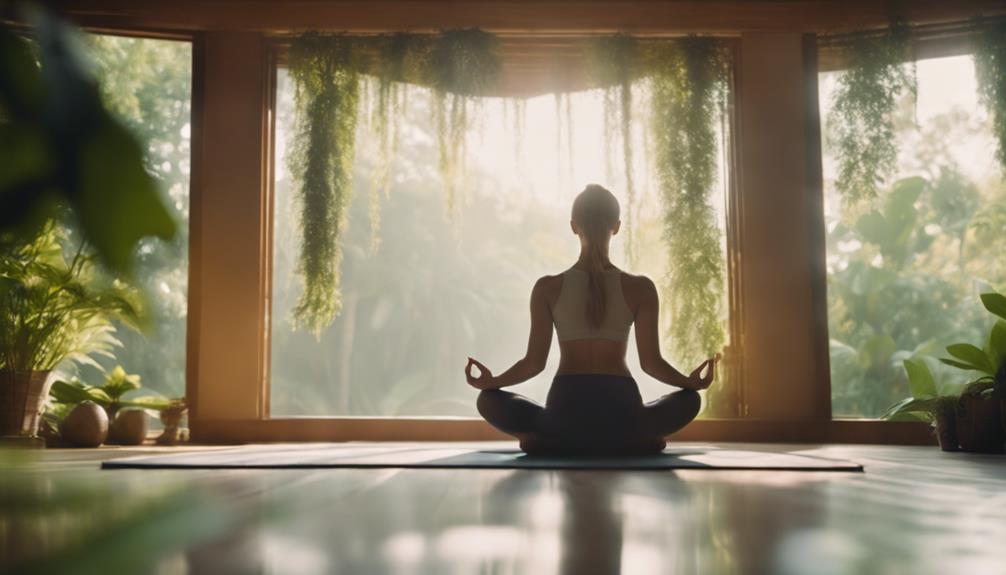How Many Yoga Blocks Do I Need

Yoga is a practice that emphasizes physical and mental well-being, and having the right equipment can significantly enhance your experience. Among the most useful props are yoga blocks. These versatile tools can aid in alignment, support during poses, and help deepen stretches. However, a common question among practitioners is: how many yoga blocks do I need? In this guide, we will explore the benefits of yoga blocks, how to choose the right number for your practice, and tips for maximizing their use.
Understanding the Role of Yoga Blocks in Your Practice
Yoga blocks are typically made from foam, cork, or wood, and serve as extensions of your arms, providing support in various poses. They are particularly beneficial for beginners who may not yet possess the flexibility or strength required to perform certain postures correctly. For those who are more advanced, blocks can help deepen stretches and improve alignment, allowing for a more profound practice. Understanding how yoga blocks contribute to your yoga practice is crucial in determining how many you might need.
How Many Yoga Blocks Do I Need? The Basics
The answer to the question of how many yoga blocks do I need largely depends on your personal practice and the types of yoga you engage in. Generally, having two yoga blocks is recommended for most practitioners. This allows for a balanced approach, enabling you to use one block in each hand or place them under your feet for added height and stability. However, some practitioners may find they prefer to use just one block, while others may benefit from having three or even four blocks on hand for more complex poses.
Factors Influencing Your Need for Yoga Blocks
Several factors can influence how many yoga blocks you might need. Firstly, consider your experience level. Beginners may require more blocks to assist with stability and support, while advanced practitioners may use them sparingly or in varied ways. Secondly, think about the types of yoga you practice. For instance, restorative yoga often requires more props, including blocks, compared to a dynamic practice like vinyasa. Lastly, your body size and shape can also dictate your needs; taller individuals might benefit from additional height provided by extra blocks.
Related Posts:
The Benefits of Using Multiple Yoga Blocks
Using multiple yoga blocks can significantly enhance your yoga practice. Having more than one block allows you to explore various modifications and supports for different poses. For instance, when practicing a seated forward fold, placing blocks under your hands can help you maintain proper alignment while also preventing strain. Similarly, during standing poses, using blocks can help you achieve a deeper stretch without compromising your form. Overall, multiple blocks can provide a more customizable and effective practice, accommodating your unique needs.
Choosing the Right Materials for Your Yoga Blocks
When considering how many yoga blocks to purchase, it’s essential to think about the materials. Yoga blocks come in different materials—foam, cork, and wood—each offering unique benefits. Foam blocks are lightweight and often more affordable, making them a popular choice for beginners. Cork blocks, while heavier, provide more stability and a firmer surface, which many practitioners prefer for balance poses. Wooden blocks are the most durable and offer a solid support but can be less forgiving on the body. Determining the right materials will help you decide how many yoga blocks you might need for your practice.
How to Integrate Yoga Blocks into Your Routine
Once you’ve determined how many yoga blocks you need, it’s crucial to know how to integrate them into your yoga routine effectively. Start by using blocks with foundational poses, such as downward dog, triangle pose, and bridge pose. As you become more comfortable, experiment with blocks in more complex postures. For instance, you can place blocks under your hands during a forward fold to help deepen the stretch or use them for support in a supported bridge pose. Learning how to incorporate blocks into your practice will enhance your overall experience and help you achieve your goals.
Common Misconceptions About Yoga Blocks
There are several misconceptions surrounding the use of yoga blocks that can affect how many you think you need. Some practitioners believe that using blocks indicates a lack of strength or flexibility. In reality, using blocks is a sign of smart practice. They can help you explore poses safely and effectively, regardless of your skill level. Another misconception is that blocks are only for beginners. In truth, experienced yogis often utilize blocks to deepen their practice and refine their alignment. Understanding these misconceptions can empower you to use blocks more freely and confidently.
Final Thoughts on Your Yoga Block Needs
In conclusion, the question of how many yoga blocks do I need varies from person to person. While two blocks are generally recommended for a balanced practice, your individual needs may lead you to choose more or fewer. Consider your practice style, experience level, and the materials that best suit you. Remember that yoga blocks are valuable tools that can enhance your practice, improve alignment, and increase your comfort during poses. By understanding how to use them effectively, you’ll be well on your way to achieving a more fulfilling yoga experience. Whether you’re a beginner or a seasoned yogi, investing in the right number of yoga blocks can make all the difference in your journey.
—
This SEO-optimized blog post is structured with clear headings, incorporates the keyword phrase naturally, and provides valuable information while adhering to best practices for readability and engagement.